Actor
TPF Noob!
- Joined
- Mar 4, 2007
- Messages
- 421
- Reaction score
- 1
- Location
- Ohio
- Can others edit my Photos
- Photos NOT OK to edit
You could load them for single exposures. That would take about one foot (30 cm) per frame. It may seem like a waste of film but, if my math is correct, you'd still be shooting less film per frame than with 4 x 5 sheets. With 120 film you could probably cut your own paper backing and stick one 6 x 6 to it.you've just given yourself the very best reason in the world for popping for a bulk loader and some reuseable film cassettes. Go ahead and load them with short runs of, say, 6 exposures. Shoot and process as required.
Piece of cake.




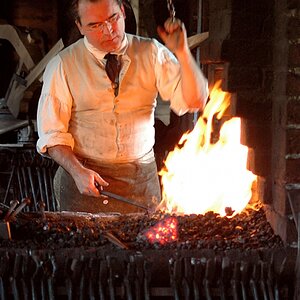
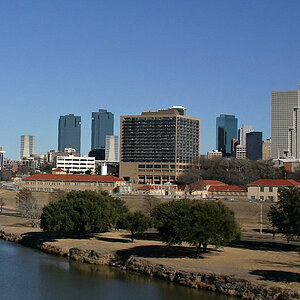


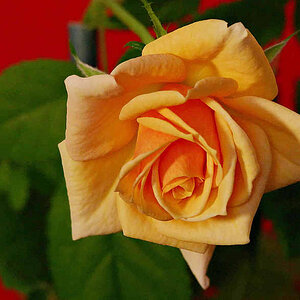
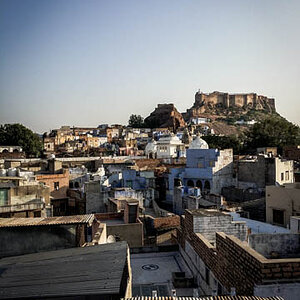
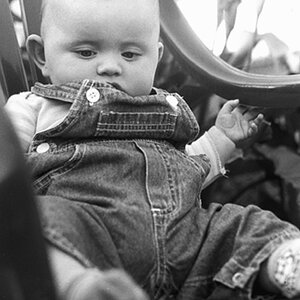


![[No title]](/data/xfmg/thumbnail/32/32703-dc864e762c9e91088156fdcab4aeea33.jpg?1619735606)